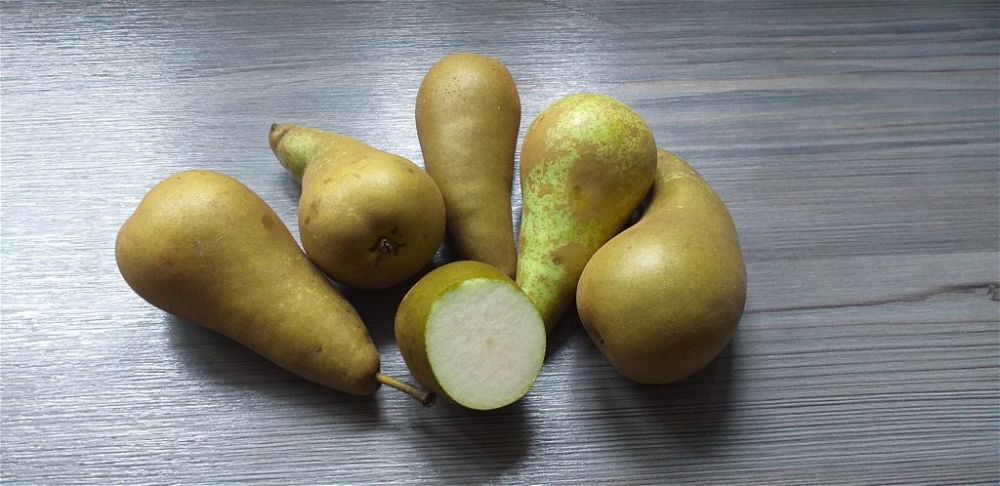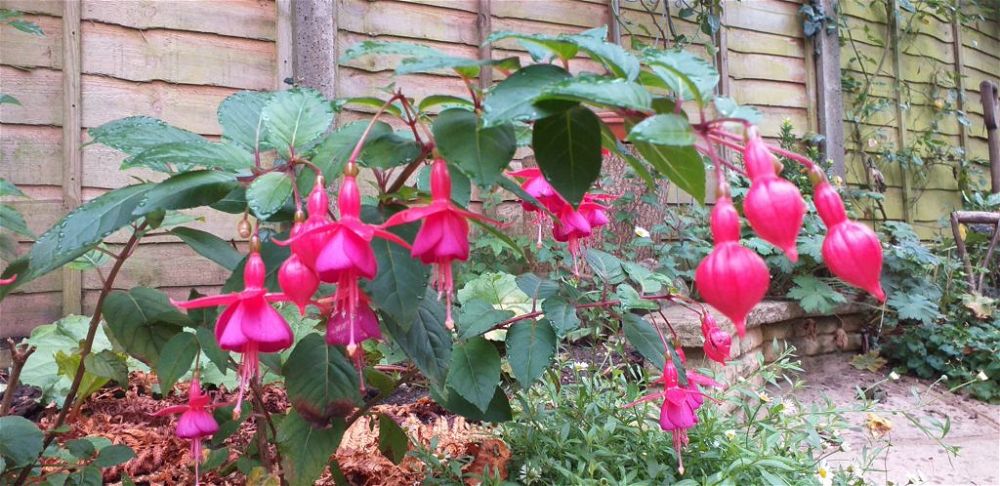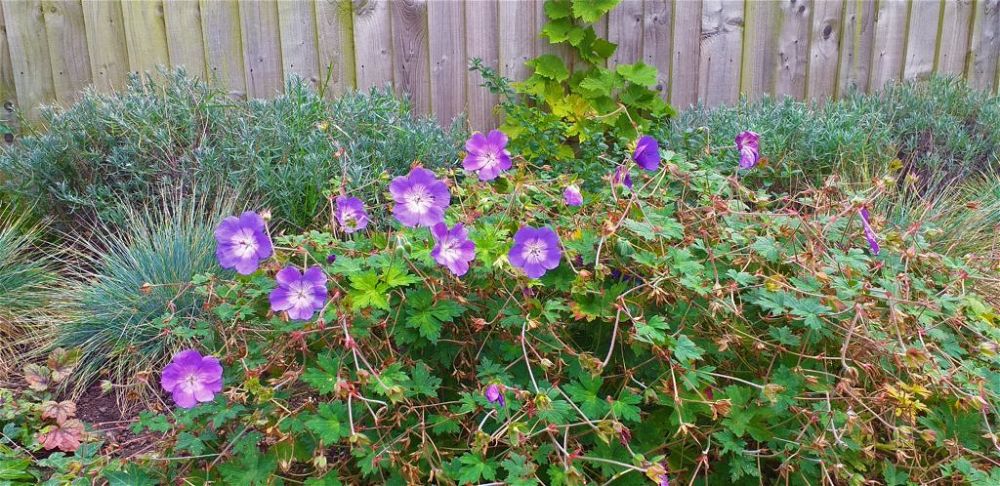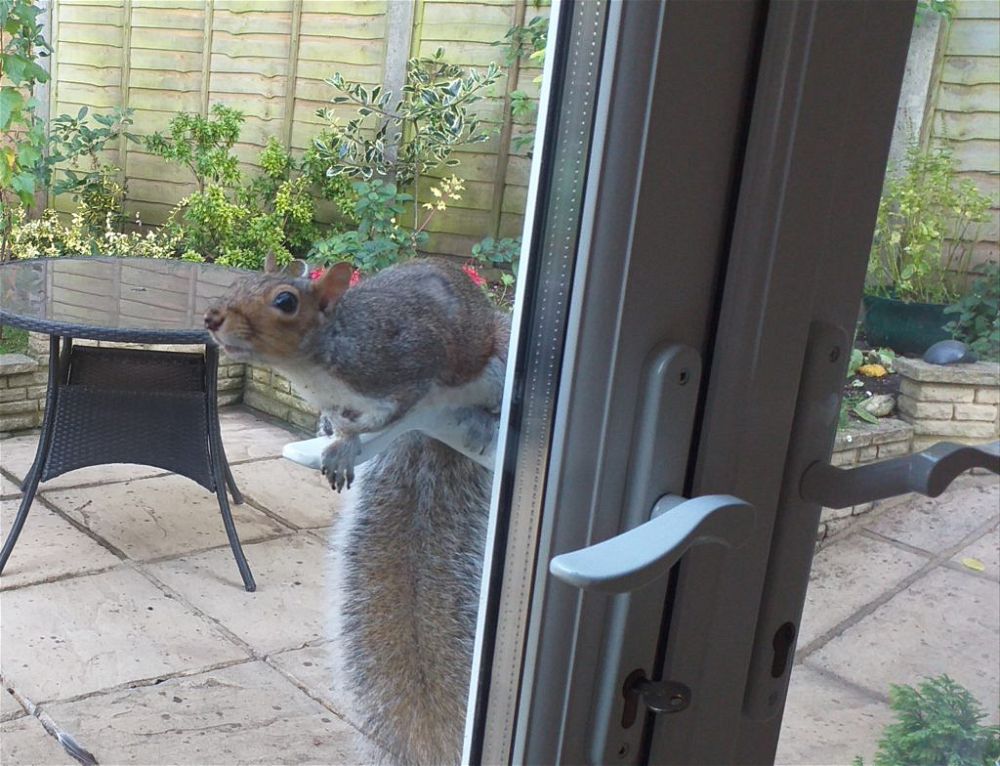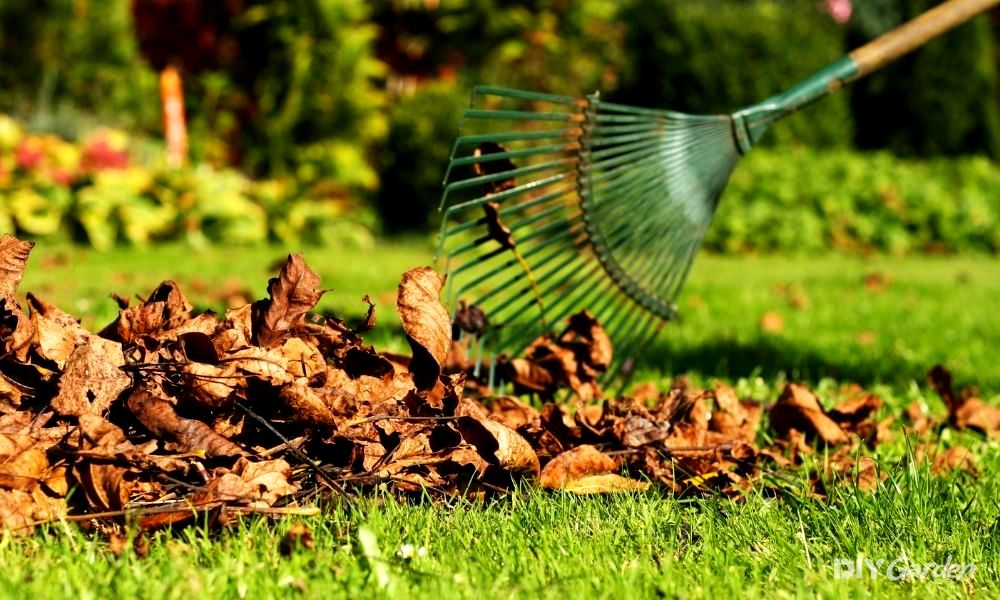
I’m having some trouble believing we’re in November already.
There’s not much to do outside now, but it’s a good time to protect plants against the wet and cold to come – and start getting Spring ready.
What To Do With Veggies In November
Pumpkins
It’s time to harvest. Gourds won’t get any bigger now, they’ll just rot in the wet so cut and bring them in if you haven’t already turned them into Jack O’ Lanterns for Halloween.
Parsnips
If you planted parsnips over summer, wait until the first frosts before lifting. The cold weather affects their sugar and creates a sweeter flavour. If you didn’t plant any, buy some seed and have a go next spring. Home grown parsnips taste divine.
What To Do With Trees In November
Pruning
It’s time to prune apple and pear trees.
Remove any crossed or dead branches and try to create an open vase shape. Walk around the tree and go steady, don’t remove lots from one side as you’ll have to even it out and end up with a lollipop!
My pear tree has finally dropped its crop. Here are the final pears of 2021. This variety is Conference – and very tasty they are too!
What to Do With Flowers in November
It’s time to wrap up your delicate passionflowers, tree ferns, and tropicals.
Bubble wrap helps keep out enough cold to give these plants a chance of survival. Horticultural fleece works too, but I find it tears easily.
Keep on lifting your tubers too. Gladioli, begonia and dahlias benefit from dry storage.
Bury Lots of Bulbs
Tulips traditionally go into the ground this month so they pop up after the daffs and crocus.
My favourites are white tulips. They match beautifully with early flowering blue forget-me-nots and white-blue striped hyacinth.
Hyacinth are not trendy now. It’s a shame because their early year fragrance is second to none. Go on, pop a few in the ground now. You won’t regret it.
Force some indoor bulbs
If there’s not much going on outside try forcing some indoor bulbs for a shot of colour, amaryllis and paperwhite narcissi are great choices to brighten your home.
‘Forcing’ sounds complicated, but it’s really just growing a bulb in your home instead of the garden to take advantage of the central heating!
Buy your preferred bulb and a small container. Amaryllis bulbs should be pushed into compost with 1/3 left poking out. Water well and wait for green growth before watering again. It’s the same process for narcissus bulbs.
Some people recommend putting the bottom half of a bulb in water to force its roots, but I’ve never managed it that way before rot sets in. Give it a go – see what works best for you.
What to Plant in November
Missing that summer time colour?
There are some flowering plants that you can plant out now even though it’s November.
I’d recommend bright and cheerful nerines. If you buy a pot full now, this time next year you’ll be able to lift and divide them. They are such great value plants.
You could also plant Hesperantha from South Africa that are sometimes still flowering on Christmas Day and alstroemerias. Alstroemeria flower until the frosts arrive when they should be covered up with a thick layer of mulch.
Bare Root
You can still take advantage of bare root season.
This money-saving way to buy is the only way to get new hedging, fruit trees and bushes. The more you order the more you save, so team up with a friend and maximise your savings.
Perennials
Plant out perennials if it’s not frosty – you might find some bargains in the end of season plant sales.
Peonies for example or hardy geraniums will take if the ground is soft. They’ll bed down over winter and come on strong again in spring.
Fuchsias
My fuchsias are in full flower and hardy geranium Rozanne has been flowering since May. It’s one of the hardest working perennials you can buy and won the RHS ‘Plant of the Centenary’ at Chelsea Flower Show in 2013.
Rozanne
Broad beans seeds
My grandfather always put his in on Armistice Day (11/11) so I do the same and throw some wild poppy seeds around too.
Beans will reach a few inches in the winter months and put on a huge spurt of growth when it warms up. Fresh beans in May! Cover your baby beans to protect them from pigeons. You can’t beat soft fresh broad beans. Even my ten-year-old will eat them.
Do you have any rhubarb?
If not, get a crown. Rhubarb does best planted out in late autumn.
You’ll only get a crown now – there won’t be any leaves. Prepare a bed filled with lots of manure because rhubarb love rich soil.
Bury the crown with its top showing to prevent rot and wait until early spring for fresh stalks.
In January you could pop a bucket over the top and force some delicious early stems.
Currants and Raspberries
Currant bushes and raspberry canes can go in now too. I love raspberries! My favourite is Autumn Bliss.
I also have black currant and white currant bushes that provide me with plenty of currants to top up cereal and ice-cream. I’d recommend grabbing a few bare root specimens now.
How to Tend to Your Lawn And Hedges in November
Aerate the lawn if it’s not too muddy. Small lawns can be aerated with garden fork pushed in at regular intervals, but big spaces need an aerator or it takes hours and you’ll fall into boredom coma.
Rake leaves from the grass and either compost them or put them in a corner of the garden for wildlife to take advantage of.
If you managed to get in that final cut, well done. I’m afraid I didn’t so my grass will remain a bit too long for the winter. C’est la vie!
You can still clip back your evergreen hedges if you’ve not done so yet. Take advantage of dry days to tidy up and get some important vitamin D on your skin.
How to Help Out Wildlife in November
Wildlife is feeling the cold now especially this year’s babies and the oldies.
Hedgehogs are my favourites and November means lots of small ones in the rescue centre.
Hedgehogs should really hibernate for the winter because their food sources dry up, but with our milder winters they don’t always do so.
Some hibernating hogs will wake for a few days in the warmer spells too. Specialists say hedgehogs need to weigh at least 600g to get through a winter’s hibernation but there are always smaller ones about at this time of year.
If you’re feeling generous a hedgehog house will keep a hog safe and warm throughout winter. I have seven in my garden (no, it’s not a massive space) and four are currently occupied.
Here’s a 100-gram hoglet I picked up off the pavement recently. She had collapsed and was soaked through. After 6 hours on a heat pad, she perked up and I took her to a wildlife centre where she’s being looked after for the winter.
November is a time when we finish putting the garden to bed. It’s nice to have a clean spruced up space, but those leaves, twigs, branches and long grasses are perfect bedding material for winter wildlife. Let’s take butterflies and moths.
Butterfly Conservation say 2021 was the worst summer for the big butterfly count in 12 years. That’s partly due to our damp summer, but it’s an overall trend.
Many species of butterfly hibernate and some butterfly eggs and cocoons sit on leaves and bark all winter ready to hatch in the spring. These are destroyed when we chop and chip.
A relaxed approach to winter gardening will boost your pollinator numbers. In early November you can still see butterflies – look out for the Frosted Orange, Wall and Commas.
Bird watchers will start to see an influx of garden birds on feeders now. Nuthatches have reappeared for me along with robins, great and blue tits.
I have a tough feeder to prevent the squirrels eating everything. However, winter is hard for squirrels too.
So, I’ve bought a squirrel feeder this year!
It only took 20 minutes for the squirrels to figure out the lid. They are clever chaps! Here’s Balthazar waiting for his morning walnut.
How to Deal With Garden Pests in November
There are still snails about so keep an eye on winter salad crops and greenery. The main veggie predators now are pigeons. It’s worth netting your greens, but do check for trapped wildlife each morning.
It’s always a good idea to trim back any leafy evergreens to encourage air circulation. Mould and fungus can kill a plant if it’s left to fester.
Tending to Patios, Decks, and Garden Furniture in November
Brush away leaves and apply sharp sand to gaps in stonework to prevent slippery areas, and beware decking in frosty weather as it turns into an ice rink.
If you get a few dry days oil the woodwork or paint the shed. This will help keep rot at bay.
If you have a greenhouse or cold frame it’s a good time to wash it down.
Clean glass lets through more light which your plants will appreciate. A great tip I’ve seen recently are solar lights in the greenhouse. They light it up on dark evenings if you don’t have a power source.
If you have a water butt that’s gone slimy and smelly now is a good time to empty and scrub it clean. If you have a pressure washer, use it! if not then good old-fashioned sponges and plenty of rinsing will do the trick.
Let the autumn rain fill it back up. Always lid your water butt in case inquisitive cats or squirrels jump up. They find it too hard to get back out.
The Most Important Job in November?!
Remember, remember the hedgehogs in your bonfire
5th November is bonfire night and a time for family fun. Enjoy your marshmallows and firework displays, but check bonfire heaps for hedgehogs, toads, frogs and other animals that view a heap of branches and twigs as first-class accommodation.
These animals don’t run, they tuck down tight and hope the threat will go away. I see lots of fire related injuries at this time of year and they rarely survive.
Next time we meet it’ll be December and we’re on our way to 2022. A new year of gardening awaits.
